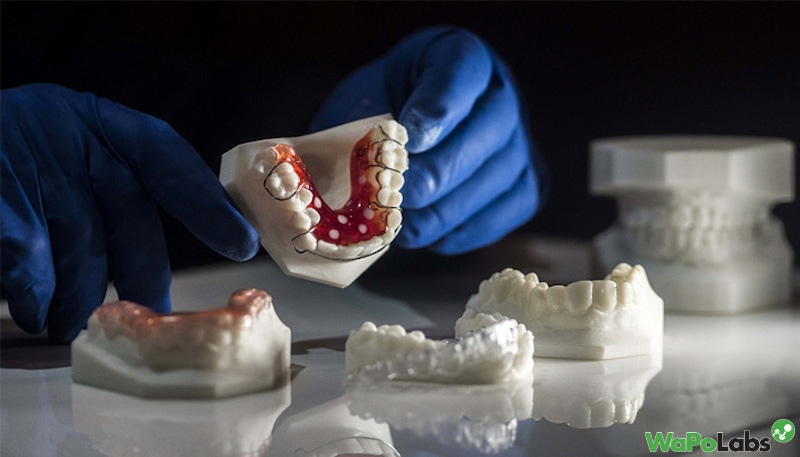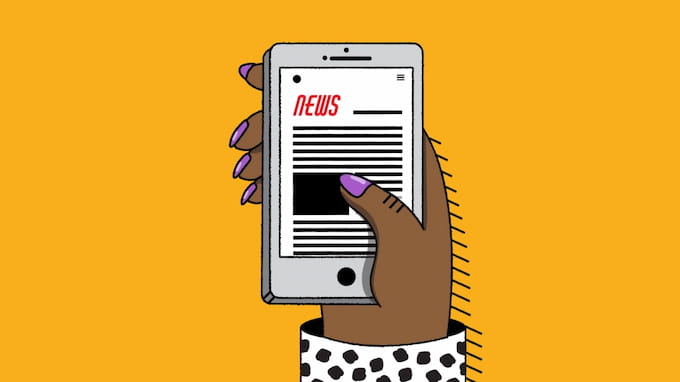Dentistry is one of the industries where 3D printing is flourishing. In the dentistry industry, a dental 3D printer is a technique that enables the production of components tailored to the requirements and morphology of each patient. But what are the actual 3D printing for dental applications we can highlight in this area, what technologies are being used and why? We outline the key uses and advantages of 3D denture printing in the dentistry industry in this list.

What is 3D Printing Technology?
The method of 3D printing referred to as additive manufacturing, is used to construct products one layer at a time. Layer by layer, materials such as polymers, liquids, or powder grains are fused to create the desired result. Many of the 3D techniques still in use today were created and employed for the first time in the late 1980s and 1990s. There are many ways that 3D printing might be used.
The creation of dental implants was the first use of 3D printing technology in dentistry in the late 1990s. The use of 3D printing has skyrocketed as a result of recent developments in dental technology, including CBCT and intra-oral scanning.

Benefits of 3D Printing For Dental
For many years, dentistry has depended on labs to create crowns, bridges, and other implants. Why make the switch to 3D printing now? Simply said, since everyone benefits:
Budget savings for dentists
Any dental business that expands will incur considerable costs. The first cost alone for internal implementation might be $100,000. Additionally, training employees to create dental implants requires a considerable continuous commitment. The total cost of operating a dental laboratory might exceed $100,000 per year, depending on the amount of work.
In contrast, a top-model 3D printer will cost you roughly $20,000 upfront and come with a starter supply of materials. The lifetime cost includes ongoing supplies, but it is still far less than maintaining a dental lab.

Budget savings for patients
Each patient’s bill includes a line item for the substantial expenditures associated with setting up and maintaining a dental laboratory. A single crown might easily cost a patient $2,000 or more when using conventional technology. Dentists may pass the savings on to their patients when overhead expenses are reduced by 80% using 3D printers.
Faster and more accurate dental services
While 3D printing enables the simultaneous manufacturing of several appliances, manual model creation is time-consuming. Since 3D printers create tangible items by stacking 16-micron-thick layers of digital data, accuracy is also increased. Dental professionals and patients both benefit from increased output capacity and precise outcomes.
Usability
3D printers have always been quite labor-intensive to use. Due to the need for specialized personnel and equipment training, 3D printers are out of reach for most dental clinics.
With the advancement of 3d dentistry and the addition of additional automation, printers are now simple to operate and don’t need specialized training. All of these elements make it possible to have a user-friendly system that may aid in streamlining operations.

Integrity and accessibility
In dentistry, 3D printers may be used for a variety of tasks. The need for 3D printers is expected to increase due to the desire for digitized, effective workflows, quicker turnaround times for treatments, and fewer visits. More dentists now have access to the technology because of the need for more user-friendly 3D printers.
New applications and material advancements
The variety of printable dental equipment is expanding along with the number of innovative materials that are now accessible for 3D printing. Models, guides, and splints may already be made using 3D printing in dentistry, but as materials advance, so will the variety of dental products that can be manufactured. Dentists that can use 3D printing in their clinics will be able to provide a quicker, more responsive service and enhance patient care and results.
Digital workflows
A solitary component of digital dentistry does not include 3D printers. It’s crucial to integrate a 3D printer into a digital workflow that makes use of other pieces of gear and software if you want to use one in your dental office. More dentists may now adopt digital processes and provide quicker, more precise, and more effective patient care thanks to 3D printing.
3D Printing Application in Dentistry
What specific applications of 3D printing do dentists use? Here are a few examples:
Replace or repair a broken tooth
The patient’s mouth will be scanned by the dentist or prosthodontist using a tiny digital tool called an intraoral scanner to produce a 3D picture of the oral cavity that captures the dentition—the arrangement and pattern of teeth—that is unique to each person. Dentures, partial bridges, crowns, dental implants, and other dental restorations may all be customized to each patient’s unique tooth form, gum line, and arrangement.
The dentist may utilize Computer Aided Design (CAD) software to digitally design the replacement tooth or teeth using this information, and then a 3D printer can be used to produce the completed result.

Make a model for orthodontics
Before the invention of 3D printers, braces or Invisalign treatments required the patient to bite into goopy, painful clay in order for it to form a mold. With 3D printing, this is not true. The same technology mentioned in the first example may be used by a dentist to scan the patient’s teeth, design an orthodontic device, and print the finished product on-site.
Make surgical equipment
In addition to handling the dental implants themselves, 3D printers may produce the drill guides required to finish certain dental treatments.
Reasons for the Increase in 3D Dentistry
With these benefits, it is simple to see why dental 3D printing is becoming more and more popular. But what are the fundamental causes behind this increase? The reasons why dentists are increasingly using dental 3D printing include the following.
Accessibility to Economical Equipment – Thanks to breakthrough technology, 3D printers are now more accessible and affordable for enterprises. This has increased the selection of 3D printers available to dental clinics.
Expansion of Dental Service Offerings – As more dentists become aware of the potential advantages of 3D printing, they are making investments in this technology to enhance their service options.
Enhanced Knowledge of 3D Printing Technologies – More dental practitioners are becoming aware of the advantages of dental 3D printing as a result of its growth. This has encouraged more acceptance and use of technology.

Does 3D Printing for Dental Improve Patient Care and Results?
According to studies, 3D dental printing enhances patient care and results. This is partly due to the method’s ability to let dentists design restorations specifically for each of their patient’s individual demands and dental issues.
Additionally, 3D-printed restorations may be created from materials that support excellent dental health and can be tailored to a patient’s aesthetic preferences.
The success of dental restorations is significantly impacted by their capacity to be customized. Dentists can increase compliance and shorten treatment durations by precisely matching dental restorations to the requirements of individual patients.
Additionally, there is evidence that 3D-printed dental restorations might lessen the risk of problems. According to several studies, 3D-printed dental restorations have lower infection rates than conventional ones.
This may be credited to the use of cutting-edge materials that support improved oral health.

Future Growth of 3D Printing in Dentistry
According to forecasts in research published in May 2015 by SmarTech, 3D printing might grow from a $780 million business to a $3.1 billion one in the dentistry industry by 2020. Although 3D printing will likely become more common in other industries, dentists may already benefit from improved 3D printers and materials that are presently available.
Additionally, it is anticipated that by 2020, sales of 3D printing equipment to dental laboratories would treble, rising from $240 million to $480 million. By 2025, it is anticipated that 3D printing technology will meet more than 60% of all dental manufacturing requirements, and in certain cases even more in fields like dental modeling.

In summary
Advances in 3D printing for dental are enabling an increasing number of dental clinics to use them and reap the advantages of digital workflows. Productivity is rising, time and money are being saved, and the patient experience is being enhanced thanks to 3D denture printing. Comparatively speaking, dentists who make the switch to digital dentistry will be in a better position to provide a competitive service and draw in or maintain more people.
Wapolabs USA
- Address: 1301 K Street NW Washington, D.C., U.S. 20071
- Phone: 0190-8286
- Email: [email protected]
- Website: https://www.wapolabs.com
- Instagram: https://www.instagram.com/wapolabs/
